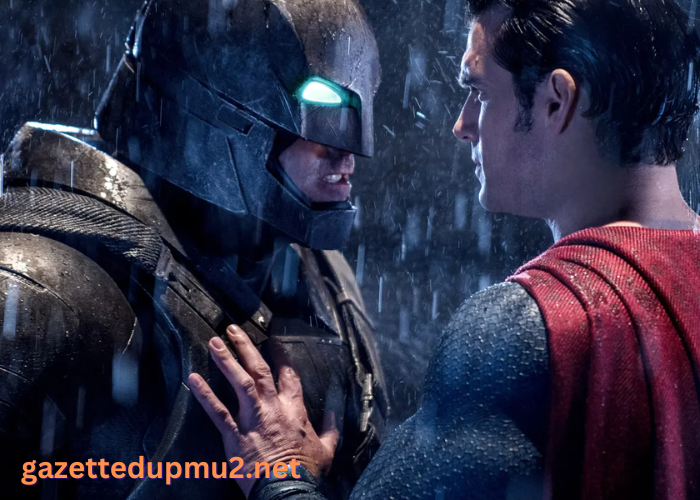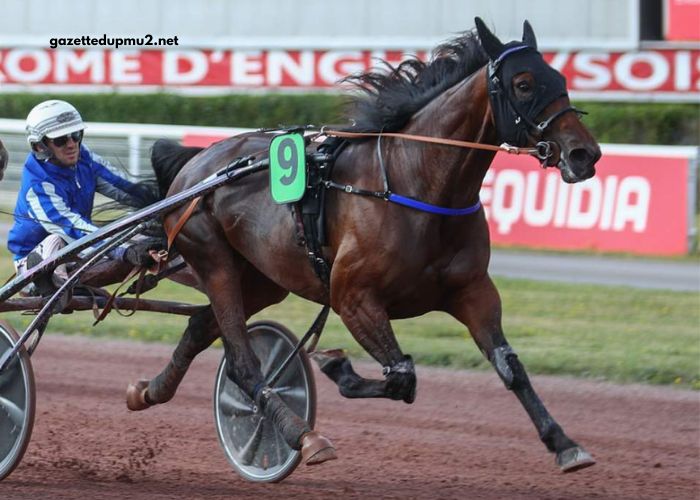The entertainment industry is a vast and ever-evolving universe that has captivated audiences for generations. From the early days of silent films to the modern era of streaming services and virtual reality, the world of entertainment has undergone a remarkable transformation. In this article, we will embark on a journey through the history and evolution of entertainment, explore the various facets of this dynamic industry, and ponder its future in an increasingly digital world.
The Dawn of Entertainment
Entertainment, in some form or another, has existed since the dawn of humanity. From ancient storytelling around campfires to the grand spectacles of Roman coliseums, people have always sought ways to amuse, educate, and engage themselves. However, it was the invention of the motion picture that marked a turning point in the history of entertainment.
The late 19th century saw the birth of cinema, with pioneers like Thomas Edison and the Lumière brothers experimenting with moving images. In 1895, the Lumière brothers held the world’s first public screening of a motion picture, “L’Arrivée d’un train en gare de La Ciotat,” which famously startled audiences who believed a real train was approaching. This moment marked the beginning of a new era in entertainment, one that would forever change the way we experience stories and art.
The Golden Age of Hollywood
The 20th century brought with it the rise of Hollywood, a small town in California that would become synonymous with the entertainment industry. The glamour and allure of Hollywood’s Golden Age, from the 1920s to the 1950s, remain iconic in the collective imagination. This era produced legendary actors like Clark Gable, Audrey Hepburn, and Marilyn Monroe, as well as groundbreaking directors such as Alfred Hitchcock and Orson Welles.
The studio system, where major film studios controlled every aspect of filmmaking, dominated this period. Studios like Warner Bros., MGM, and Paramount had complete control over actors, directors, and even the distribution of films. While this system provided stability and consistency in film production, it also led to creative restrictions and limited diversity in storytelling.
The Television Revolution
The mid-20th century also witnessed the rise of television as a dominant medium of entertainment. The 1950s and 1960s saw the emergence of iconic shows like “I Love Lucy,” “The Twilight Zone,” and “The Ed Sullivan Show.” Television brought entertainment directly into people’s living rooms, revolutionizing how they consumed content.
The introduction of color television in the 1960s added a new dimension to the viewing experience, and families gathered around the TV set became a common sight. Television series allowed for long-form storytelling, character development, and exploration of complex themes, captivating audiences in ways that movies couldn’t.
The Digital Revolution
As the 20th century drew to a close, the entertainment industry faced another seismic shift with the advent of digital technology. The rise of the internet and the proliferation of personal computers and later, smartphones, drastically altered how content was created, distributed, and consumed.
Napster, the file-sharing service that emerged in the late 1990s, disrupted the music industry by allowing users to share and download music for free. This forced the music industry to adapt to the digital age, eventually leading to the rise of digital music platforms like iTunes and Spotify.
Similarly, the film and television industries had to adapt to the digital landscape. DVD rentals gave way to streaming services like Netflix, Hulu, and Amazon Prime Video, which offered a vast library of content at viewers’ fingertips. This shift to streaming marked a turning point, as audiences could now binge-watch entire seasons of shows and access films on demand.
The Streaming Wars
The streaming wars, a term coined to describe the fierce competition among streaming platforms, became a defining feature of the entertainment industry in the 21st century. Each major player, from Netflix to Disney+, sought to lure subscribers with exclusive content, original series, and vast libraries of movies and TV shows.
Original content became a battleground, with platforms investing billions of dollars in producing their own movies and series. Netflix’s “House of Cards” and “Stranger Things,” Amazon’s “The Marvelous Mrs. Maisel,” and Disney+’s “The Mandalorian” are just a few examples of original programming that drew subscribers to their respective platforms.
This competition not only expanded the variety of content available but also pushed the boundaries of creativity. Streaming platforms took risks on unconventional ideas and diverse voices, resulting in a new golden age of television. Complex characters, intricate storytelling, and high production values became the norm in the streaming era.
The Impact of Technology on Filmmaking
Advancements in technology have revolutionized the art and craft of filmmaking. Digital cameras and computer-generated imagery (CGI) have enabled filmmakers to create visually stunning worlds and tell stories that were once thought impossible to bring to the screen.
Films like “Avatar” and “The Lord of the Rings” trilogy showcased the potential of CGI to transport audiences to fantastical realms. Directors like Christopher Nolan used IMAX cameras to create immersive cinematic experiences, while innovative techniques like motion capture brought characters like Gollum and Caesar from “Planet of the Apes” to life in unprecedented ways.
Editing and post-production have also been transformed by digital technology. Editing software like Adobe Premiere Pro and Avid Media Composer has made it easier for filmmakers to experiment with different cuts, effects, and soundscapes. This digital revolution has democratized filmmaking, allowing independent filmmakers with limited budgets to create professional-looking productions.
The Power of Social Media
The rise of social media has given celebrities and content creators a direct line of communication with their audiences. Platforms like Twitter, Instagram, and TikTok have become essential tools for promoting films, TV shows, and music. They provide a platform for fans to engage with their favorite stars and participate in the hype surrounding new releases.
Social media has also played a crucial role in the success of viral marketing campaigns. Hashtags, challenges, and interactive content have created buzz and anticipation for movies and TV shows. This direct engagement with fans has reshaped how the entertainment industry markets and promotes its content.
The Influence of Video Games
Video games have grown from a niche hobby to a global entertainment powerhouse. The gaming industry now rivals, and in some cases surpasses, the film and music industries in terms of revenue. Games like “Fortnite” and “Minecraft” have become cultural phenomena, attracting millions of players worldwide.
The convergence of video games and entertainment has become more pronounced with the rise of esports. Competitive gaming tournaments, such as the League of Legends World Championship and The International (for Dota 2), offer multi-million-dollar prize pools and draw massive online and in-person audiences. Esports events are now broadcast on major television networks, further blurring the lines between traditional entertainment and gaming.
Virtual Reality and Augmented Reality
The future of entertainment holds exciting possibilities with the advent of virtual reality (VR) and augmented reality (AR). VR immerses users in entirely digital environments, while AR overlays digital elements onto the real world. Both technologies have the potential to revolutionize how we experience entertainment.
VR has already made strides in gaming and storytelling. Games like “Half-Life: Alyx” and “Beat Saber” provide immersive experiences that transport players to other worlds. VR cinema allows viewers to step inside a movie, experiencing the story from a first-person perspective.





